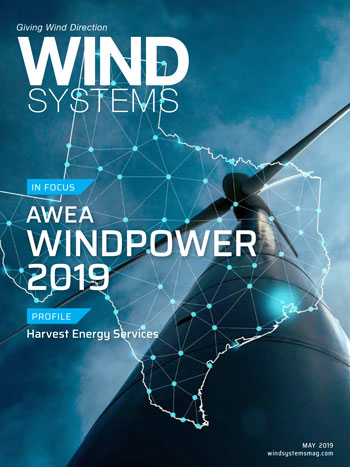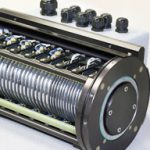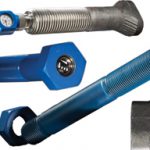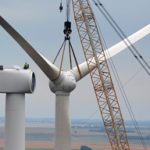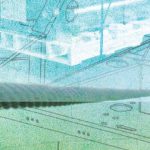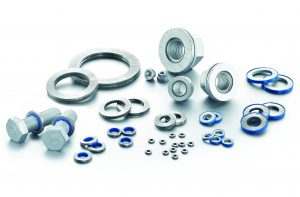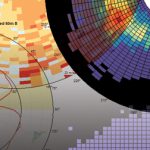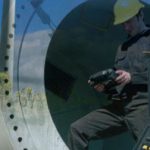As anyone involved in the wind industry knows, there are a lot of moving parts involved in getting a wind farm up and running — and that’s not even including the actual moving parts.
That’s where Harvest Energy Services enters the picture as an independent service provider offering products in support of construction, operations, and maintenance.
The 5-year-old company, which began life in the basements of its founders, has grown from offering traveling O&M services to now featuring construction management and plant operations, according to Jed Van Sciver, president of Harvest Energy Services.
“We have managed to secure a lot of business relationships with customers and truly expand on that traveling O&M services piece to where we currently have probably 90 people involved in that operation,” he said. “During that time, we have managed to gain some traction in our other two product lines: one being construction management and the other being plant operations. As we’ve had opportunities and been able to capitalize on that, we’ve been able to build that resume and that team out.”
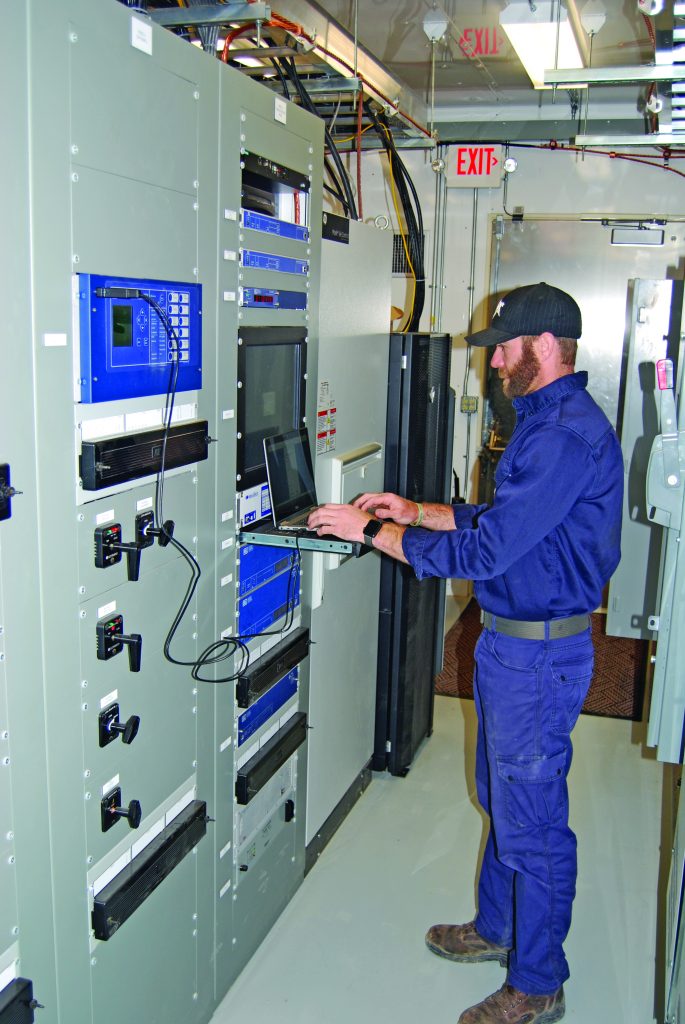
Harvest Energy has parlayed that expertise in a short time frame to an impressive portfolio.
“We currently oversee plant operations on 547 MW of wind, with an additional 300 MW beginning in September of this year,” Van Sciver said. “That’s not turbine maintenance. That’s true power-generation plant operations.”
In addition to the growing demand of construction management and plant operations, Harvest Energy Services is also involved in many maintenance activities, including up-tower repairs and retrofits, troubleshooting, installation inspections, and end-of-warranty inspections, according to Van Sciver.
“Construction management and plant operations historically have been handled in-house by large IPPs and strategic players in the industry,” he said. “We’ve seen a lot more opportunity for third parties to come in and provide those services.”
Customer interaction
Part of Harvest Energy Service’s success stems from how it interacts with its customers, according to Van Sciver.
“One of the biggest challenges that our customers face is availability of resources and response time,” he said. “In order to adequately address those challenges, we’ve made investments in terms of employees and processes to help us manage our resources and logistics. We have a dedicated resource coordinator who deals with things like fleet management, mobilization, and items of a more day-to-day logistical nature. We also have hired an equipment manager to ensure that we have the proper tools available, calibrated, and that can be received on site any time.”
When customers have technical issues, Van Sciver said it often requires his team’s full experience.
“When we talk about more of a challenge related to a technical issue associated with our various scope of work, technology, etc., we have an approach whereby first we will review scope of specific items and work instructions,” he said. “We try to identify issues within that scope or work instruction that may be contributing to the challenge or issue that needs to be addressed.”
The team at Harvest Energy Services will capitalize on its individual experience levels and the wisdom gained from the past, according to Van Sciver.
“We have over 100 employees with various levels of experience, ranging from brand new to the industry to 25 years in the industry,” he said. “And oftentimes, the solution has already been there before, so there’s not a need to reinvent the wheel.”
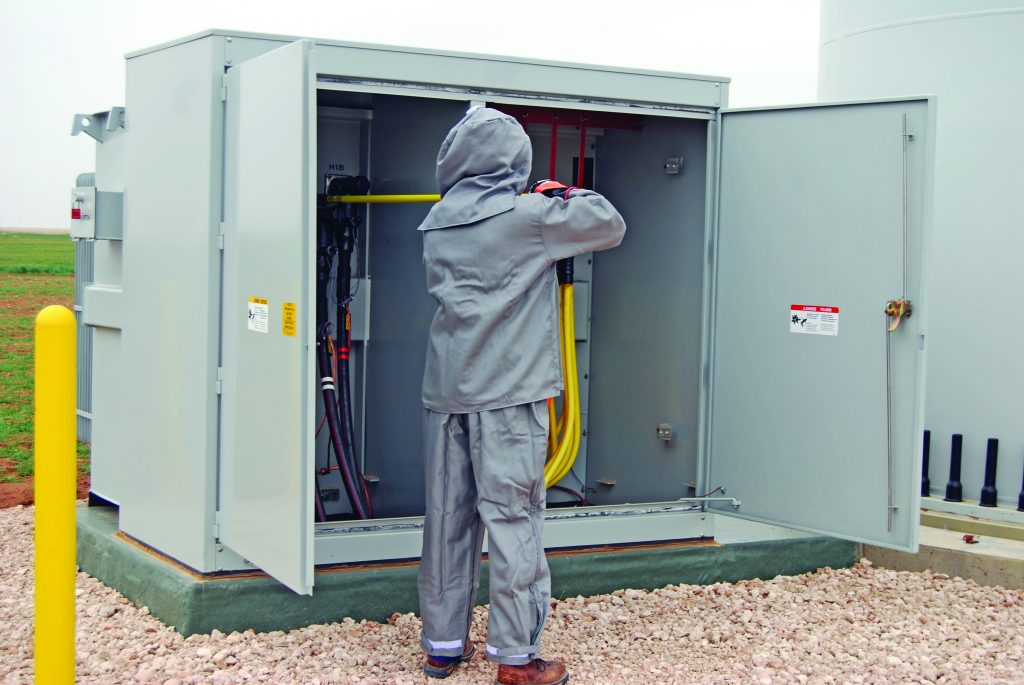
If, after all of that, a solution still doesn’t present itself, Van Sciver said other avenues are available.
“If we can’t find some experience within the team that’s relevant and provides an opportunity to further investigate, we will work with one of our business partners from an engineering perspective to try and identify a solution,” he said. “Subsequent to that, we would come back to the customer with the proposed solution to review it and either agree or say, ‘Let’s take it back to the drawing board and look for something a little different.’”
Three-piece approach
To that end, Van Sciver said his company takes a three-piece approach in how it sees it ability to grow while maintaining its brand awareness: safety, quality, and employee satisfaction.
“Safety and quality are pretty self-explanatory,” he said. “Employee satisfaction we feel is very important to us, given the competitive landscape currently and what we perceive to be resource constraint in terms of wind technicians and just employees in wind. There’s such a boom in the industry and on the O&M side subsequent to the large volume of new installations. We have to really focus on being a preferred employer. We want our people to be very happy and satisfied.”
There are several ways Harvest Energy offers employee satisfaction, but the most important way is creating an opportunity for career development, continuing education, and training, according to Van Sciver.
“We want to give people that forward-looking horizon on how they can improve themselves,” he said. “Avoiding retention issues and supporting growth has become a very, very important focus for us.”
Staying on brand
Harvest Energy’s brand awareness within the wind industry has become a source of pride, according to Van Sciver.
“It certainly, in our opinion, speaks to the quality and performance of our work,” he said.
Part of that quality and performance is evident in Harvest Energy’s recent achievement of ISO 9001 certification.
“That’s a big achievement that we’re very proud of,” Van Sciver said. “I think, given the size of the company and our stage of growth, implementation of that quality management system has really allowed us to get buy-in from the people who are using it and truly use it for the purpose of business improvement. We’ve seen some big success there.”
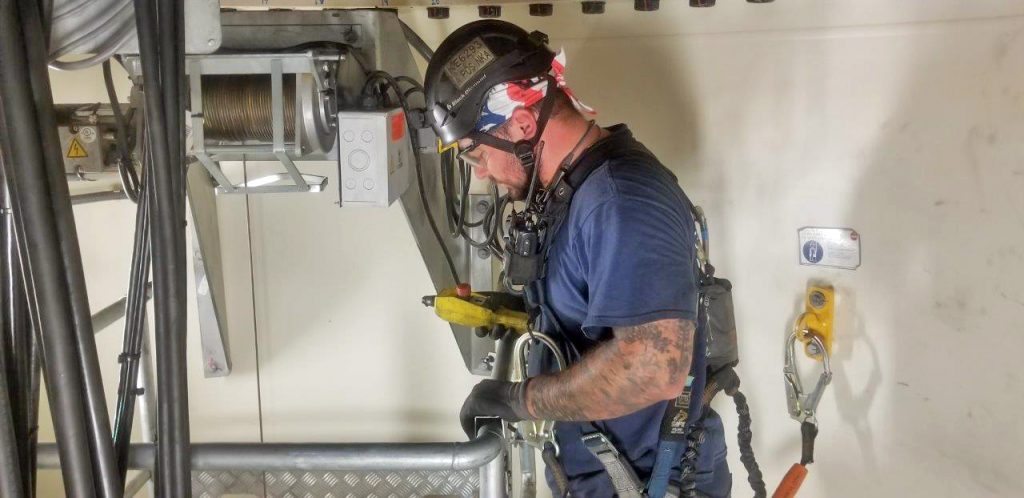
Growth and cost
Harvest Energy Services has evolved with the wind industry in its five short years, and Van Sciver said his company is looking at ways to evolve with growth and cost.
“The market itself continually grows,” he said. “Understanding how to position ourselves within that growing market, knowing that as a small, privately-owned company, we can’t take everything. So, we try to understand market segments, market demands, and needs. Trying to tailor our services to serve those needs has been one way that I think we’ve been successful.”
Cost is important across the board, particularly as the potential offtake becomes more competitive, according to Van Sciver.
“Power purchase prices have dropped significantly,” he said. “As a result of that, everybody involved in wind projects has had to figure out how to optimize their costs. We don’t have the impact on the capital costs of the wind turbine, but we do have an impact on operational costs. That’s probably where our largest contribution to cost optimization has come from. We are constantly looking for ways to improve efficiency and cost of our services to aid in the overall cost optimization of wind energies and ultimately to compete with other more traditional sources of energy.”
One of Harvest Energy Service’s values, as it relates to cost, is its ability to work with contractors to identify engineering opportunities and cost optimization initiatives, while managing overall costs from any project controls throughout the construction process, according to Van Sciver.
Another evolutionary aspect of Harvest Energy is in the soon-to-be establishment of a 24/7 monitoring center, where Van Sciver intends to use his company’s plant management activities as well as offering the monitoring center as a standalone service.
“We’re hoping that it is up and operational before the end of the year,” he said. “I think that it will further differentiate us from some of our competitors.”
Looking to the future
From its humble beginnings, Harvest Energy and its team is aware of what the future may bring to the wind industry and is ready to meet that future head on, according to Van Sciver.
“My personal opinion is you’re going to see a lot less installation,” he said. “It’s not going to go away. But assuming that there is no sort of solution to power prices, financing structure, and things like that, I think that you will see a lower level of installations but more sustained over time. As you see reduced installations, I believe that the higher volume work is going to be, not so much in developing construction, but in operations. That’s why we’re really positioning ourselves to be a major player within the operations and maintenance space because that’s not going to go away.”
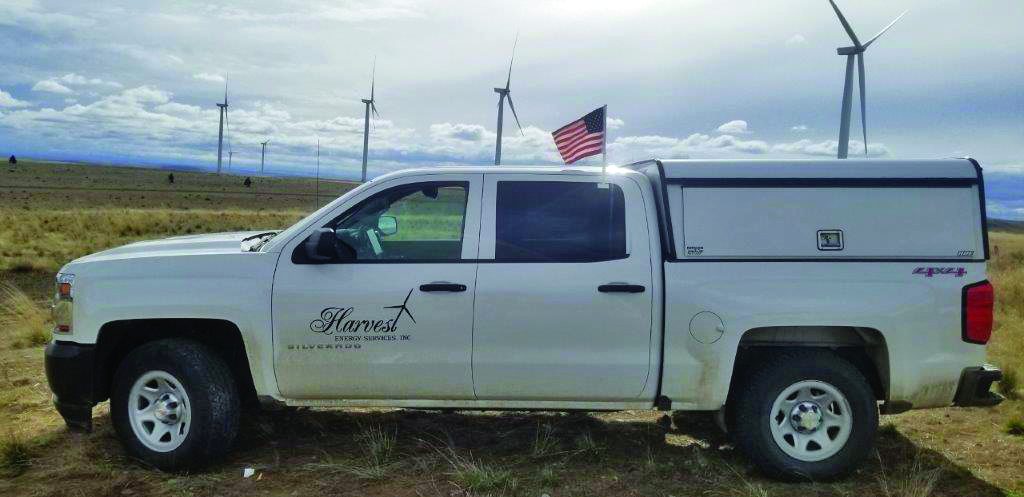
Part of the future of wind will be in the repowering market, and Van Sciver said Harvest Energy also is positioning itself to be a player in that as well.
“The advent of the repower-project approach has allowed us to build out a fairly significant division within Harvest, focused strictly on repowering,” he said. “As things move forward, I think inevitably you will continue to see repowering. Turbines are going to be getting older and older. Like cost optimization and increased efficiency of technology, repowering is going to be a logical continued developing construction product.”
Van Sciver expects that to continue into the next decade.
“From an operational perspective, I think you will see inevitable consolidation in that particular market segment,” he said. “We’re working hard to make sure that we have the right strategy so that, in a consolidated market, we’re one of the providers that are still there and operating independently.”
WINDPOWER 2019
Harvest Energy Services has had a presence at AWEA’s WINDPOWER shows in the past, and this year will be no different, according to Van Sciver.
“We intend to have a representative at the booth for all three of the products I’ve mentioned: for operations and maintenance services, construction management, and plant operations,” he said. “The depth of experience between the folks that will be there to provide that is significant to say the least. I think there’s a great opportunity for people to come by and better understand our perception of the market, our product offerings as it relates to all three of those, and understand what our team’s experience is and how that adds additional value to our ability to offer solutions to the industry.”



















